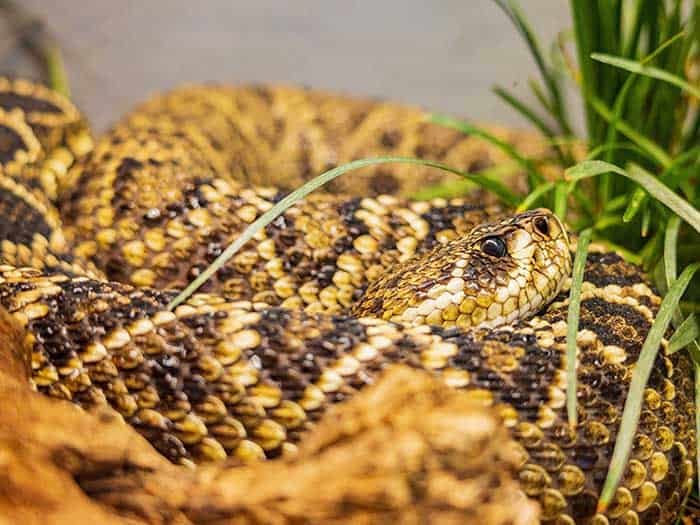


A Fieldwork Guide for Navigating Biohazards in the Southeastern US
South Florida, as is the US Southeastern region, is experiencing rapid development, and there is a high demand for land, especially in regions such as abandoned golf courses, old plant nurseries, cow pastures, and other neglected parcels of land. While these areas often appear overgrown and poorly maintained, they are ideal habitats for diverse flora and fauna. Having worked in the environmental field, I’ve had firsthand experience with the biological hazards in these areas.
Flora: The Dangers of Plants
South Florida has many plant varieties, some of which can be poisonous, hazardous, or even deadly. Toxic plants can cause harm to humans or animals through contact or ingestion. Poison Ivy, for example, is a common plant in South Florida that can cause skin irritation if contacted for an extended period. It grows in various forms, including as a vine, shrub, or ground cover. The best way to identify it is by its distinctive “leaves of three, let it be” pattern. Be cautious, as it can often be confused with the native Virginia creeper, which has five leaves.
Poisonwood, another dangerous plant, is commonly found in native hardwood hammocks. Its leaves, stems, and roots carry urushiol oil, a potent irritant that causes severe skin reactions. The oil is difficult to remove, and contact with any part of the tree can result in intense itching and irritation. It is critical to avoid leaning on or touching poisonwood trees.
Deadly plants such as Angel’s Trumpet, Coral Bean, Milkweed, and Lantana are often used in landscaping but are highly toxic if ingested. While it’s unlikely someone would consume plants from an undeveloped site, avoiding eating any fruits or vegetables found in field sites is wise, particularly if contamination levels are uncertain.
Hazardous plants like Saw Grass and Saw Palmetto are common in South Florida’s natural areas. Saw Grass is abundant in the Everglades and has razor-sharp serrated edges. To handle them safely, move parallel with its serrations to avoid running your hand against them. Saw Palmetto, with its sharp thorns, also poses a risk. In both instances, gloves are best to prevent injury when working around thorny plants.
Fauna: The Wildlife of South Florida
South Florida also has various mammals, reptiles, and arachnids; many can be dangerous. The Florida Panther, Black Bear, and Bobcat are among the region’s most notable mammals. I always take precautions when I have not encountered a panther or bear in the wild. If you encounter one of these animals, please ensure the animal has an escape route, avoid turning your back or running, and make yourself appear larger to avoid provoking it.
Reptiles, including the alligator and crocodile, are common in South Florida. While alligators are generally not a threat, it’s important to be alert and never feed or approach them unnecessarily. Encountering alligators is inevitable when working in South Florida, making situational awareness crucial. Early in my career, we worked near a canal and parked our truck just off the water’s edge. Suddenly, we heard a deep, whooshing sound- almost like a V8 engine. It turned out to be a protective mother alligator guarding her nest right next to our parking spot. Recognizing the risk, we carefully moved the truck and left the area to avoid disturbing her and her nest. This experience serves as an important reminder to always be mindful of your surroundings, especially near bodies of water.
Similarly, venomous snakes, such as the Water Moccasin and Eastern Diamondback Rattlesnake, pose significant risks. Wearing protective gear like snake chaps and being mindful of your surroundings can reduce the chances of a snake bite. If bitten, seek medical attention immediately, and do not attempt to suck out venom or apply ice.
In the region, we find spiders such as the Black Widow and Brown Recluse. If bitten, it’s important to wash the area thoroughly with soap and water, apply a cold compress, and seek medical attention immediately.
Staying Safe in the Field
The flora and fauna of South Florida create a unique and vibrant ecosystem, but they also pose distinct risks to those working in the field. Knowledge of these biological hazards and proper precautions can ensure safety while navigating these wild areas. Remember to respect the plants and animals you encounter and use the proper protective equipment. By applying these lessons, you can safely engage with one of the most diverse and beautiful natural habitats in the United States.

About the Author: As a Project Professional, Rafael Aberle coordinates and performs site assessment activities, including soil and groundwater sampling. Rafael works across SCS’s southeast regional offices and clients. Rafael’s expertise is in environmental assessments and environmental study projects for municipal and private clients. He also has extensive experience overseeing construction projects, including methane gas management systems. You can reach Rafael at SCS Engineers.
Additional Resources: Health & Safety Training